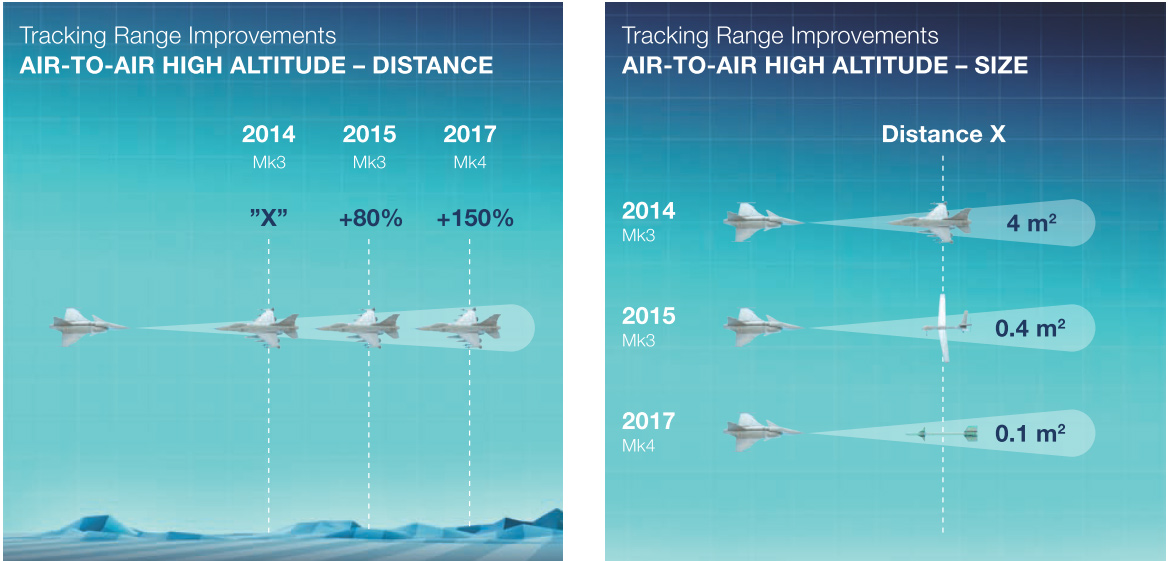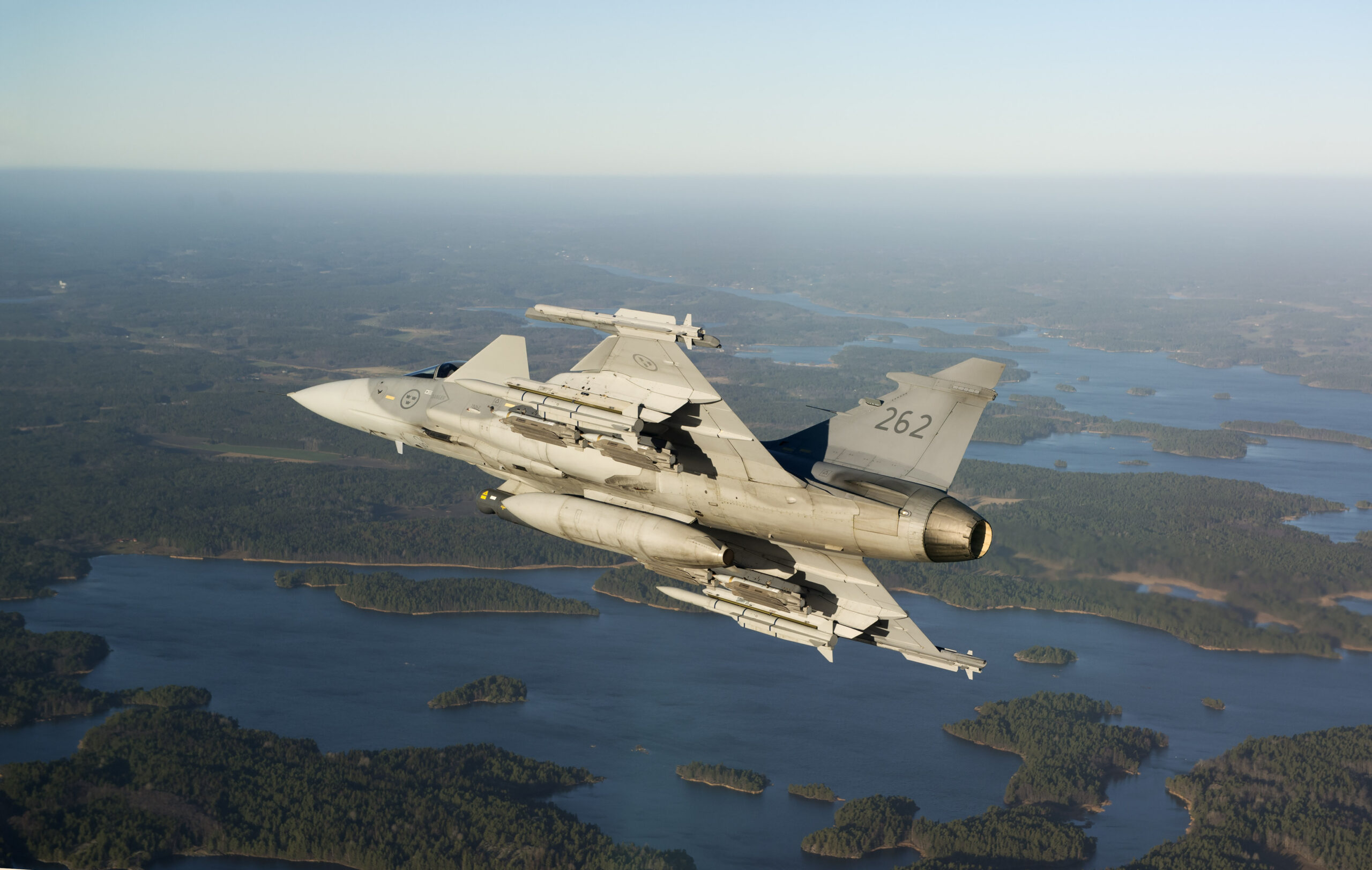Saab to modernize Hungary’s Gripen fleet
The 14 Gripen C/Ds leased by the Hungarian Air Force will receive the MS20 Block 2 modernization, which improves radar capabilities, communications and broadens the range of weaponry they can deploy.
According to Saab’s press release, the upgrade program to be implemented by the company is the result of negotiations between the Hungarian Government Commissioner’s Office responsible for defense development and the Swedish Defense Materiel Administration (FMV).
The MS20 Block 2 upgrade brings a number of improvements. It greatly increases the Gripen’s combat and communication capabilities, as well as access to a wide range of weapons that can be integrated into Hungarian Air Force (HunAF) Gripen fighters.
Radar
Sensor capability is vastly improved by an upgrade to the PS-05/A Mk 4 radar, which means that the air-to-air target tracking range, as well as performance, is significantly increased. This enables better small air-to-air target detection capability, improved jamming suppression and brings growth potential for new developments in air-to-air and air-to-ground modes.
Communications
The MS20 Block 2 upgrade for the HunAF Gripen fleet also enhances communications capabilities by improving Link16 (NATO data link) functionality and upgrading voice communication to the latest NATO secure communication standard. Coalition aircraft identification capabilities will also be improved through the introduction of the latest NATO Identification Friend or Foe (IFF) Mode 5.
Armament
This upgrade will allow Hungary to choose from a wider selection of weapons to fit to their Gripens: IRIS-T – infrared Within Visual Range (WVR) Air to Air missile, GBU-49 – modern Air to Ground laser guided bomb and Meteor – an advanced, long-range, radar-guided, BVRAAM that is superior to other missiles of its type.
“Thanks to the modernisation of the Hungarian Gripen aircraft, the operational capabilities of the Hungarian Air Force will be significantly increased. Our staff has appreciated a close and fruitful cooperation with the Swedish side on this specific modernization project as well as the cooperation during the 15 years that we have operated Gripen aircraft,” says Major General Nandor Kilian, HDF Air Force Inspector.
“During this period of 15 years since first Gripen landed at Kecskemet Air Base, it is clear that the Hungarian Air Force has taken the step to be one of the premiere air forces in Europe and is a real contributor to NATO and EU operations. With these changes introduced by MS20 Block 2 upgrade, Hungary will get an even more efficient and powerful aircraft, capable of competing in every respect with any other next generation fighter aircraft,” says Jonas Hjelm, head of Saab business area Aeronautics.
After their modernization, the Hungarian fighters will be on an equal footing with the Swedish Gripen C/D, which are considered modern, effective and relevant weapon systems, and will remain in service alongside the new Gripen E.

/https://aviacionlinecdn.eleco.com.ar/media/2022/01/Gripen-Fuerza-Aerea-Hungara-scaled.jpg)


Para comentar, debés estar registradoPor favor, iniciá sesión